アルミホイルやサランラップを使った保存方法を見直そう。
アルミホイル
アルミホイルからアルミニウムが食品に染み出し、体内に取り込まれることが懸念されています。アルミニウムは地球環境のいたるところに微量に含まれるため、日常の生活でも常に自然に体内に取り込まれ排泄されます[#]Greger, J. L., and M. J. Baier. 1983. “Excretion and Retention of Low or Moderate Levels of Aluminium by Human Subjects.” Food and Chemical Toxicology: An International Journal Published for the British Industrial Biological Research Association 21 (4). https://doi.org/10.1016/0278-6915(83)90105-9. 。幅広い種類の加工食品に多く含まれているという報告も[#]Saiyed, S. M., and R. A. Yokel. 2005. “Aluminium Content of Some Foods and Food Products in the USA, with Aluminium Food Additives.” Food Additives and Contaminants 22 (3). https://doi.org/10.1080/02652030500073584. 。少量のアルミニウムの摂取であれば安全だとされていますが、高容量のアルミニウムの摂取はアルツハイマー病を患うリスクの可能性も高くなる言われています[#]Killin, L. O., J. M. Starr, I. J. Shiue, and T. C. Russ. 2016. “Environmental Risk Factors for Dementia: A Systematic Review.” BMC Geriatrics 16 (1). https://doi.org/10.1186/s12877-016-0342-y. [#]Tomljenovic, L. 2011. “Aluminum and Alzheimer’s Disease: After a Century of Controversy, Is There a Plausible Link?” Journal of Alzheimer’s Disease: JAD 23 (4). https://doi.org/10.3233/JAD-2010-101494. [#]Boegman, R. J., and L. A. Bates. 1984. “Neurotoxicity of Aluminum.” Canadian Journal of Physiology and Pharmacology 62 (8). https://doi.org/10.1139/y84-170. Tomljenovic, L. 2011. “Aluminum and Alzheimer’s Disease: After a Century of Controversy, Is There a Plausible Link?” Journal of Alzheimer’s Disease: JAD 23 (4). https://doi.org/10.3233/JAD-2010-101494. 。実際にアルツハイマー病の人の脳には高レベルのアルミニウムが見つかっているケースも[#]Soni, M. G., S. M. White, W. G. Flamm, and G. A. Burdock. 2001. “Safety Evaluation of Dietary Aluminum.” Regulatory Toxicology and Pharmacology: RTP 33 (1). https://doi.org/10.1006/rtph.2000.1441. 。フッ化物と同様に体に害を与える可能性のある物質は体内に入れたくないのが本音です。
気になる人は、アルミニウムを使用した調理は避け、フライパンなどの調理器具をアルミニウムからセラミックなどに変えるのも良いでしょう。また、肉類やトマトなどの酸性食品だと特にアルミニウムが浸み出しやすいですが[#]Liukkonen-Lilja, H., and S. Piepponen. 1992. “Leaching of Aluminium from Aluminium Dishes and Packages.” Food Additives and Contaminants 9 (3). https://doi.org/10.1080/02652039209374065. 、アルカリ性の食品でもやはり時間の経過と共に浸み出すと考えられています[#]Takeda, Yuiko, Yoko Kawamura, and Takashi Yamada. 1998. “Dissolution of Aluminium from Aluminium Foil into Foods and Effect of Food Components on the Dissolution.” Food Hygiene and Safety Science (Shokuhin Eiseigaku Zasshi) 39 (4): 266–71_1. 。確かにアルミニウムは便利ですが、少し面倒でもガラス容器や耐熱容器などに保存するようにしましょう。
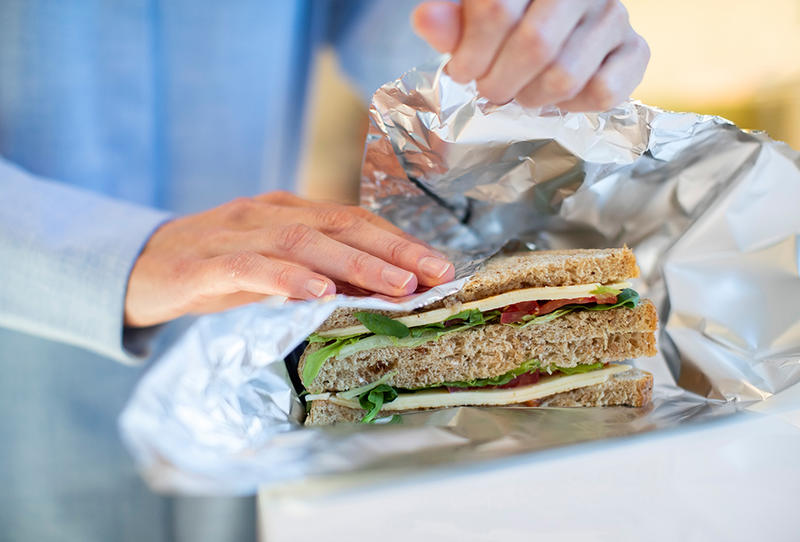
サランラップ
みなさん、食品をサランラップにくるんだまま電子レンジでチンしていませんか?アルミホイルと同様に食材の保存に便利なサランラップ。サランラップのような製品はポリ塩化ビニルなどの化学物質で作られています。
製品の「使用上の注意」を見てみると分かるように、
・油性の強い食品を直接包んで、電子レンジに入れないでください。
と明記されています。
ポリ塩化ビニルには、食品に移行する化学物質のDEHA-アジピン酸ビス(2-エチルヘキシル)が可朔剤として使用されています。このDEHAは、内分泌かく乱化学物質として体内で機能し、マウスの研究では肝臓腫瘍と関連付けられています[#]“Be Plastic Aware: Dangers.” 2 December 2008. LFT Group. 30 June 2011. http://www.lft-group.com/journal/2008/12/2/be-plastic-aware-dangers.html 。しかし、FDAでは人への健康の影響のデータは不十分として特に制限が設けられていません。よって、その安全性についての決定的な証拠はないのが現状ですが、内閣府の食品安全委員会でも
「食品を包んで電子レンジで温めないように」
と発表しているので、やはり健康リスクはありそう。サランラップを使用する際は、直接食品を包まず、別な容器に食品を入れて上に被せるなど、食材に触れない形で使用しましょう。また、ポリ塩化ビニルではなく、ポリエチレンやポリオレフィンなど、「塩化」という言葉が入っていない原材料を使用したラップの方が健康への害が少ないとも言われていますので、どうしても使用したい場合にはこれらのタイプがおススメです。
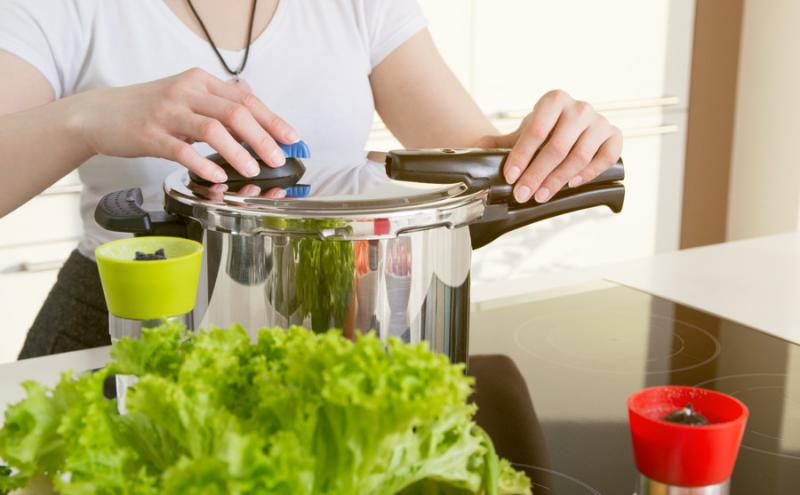

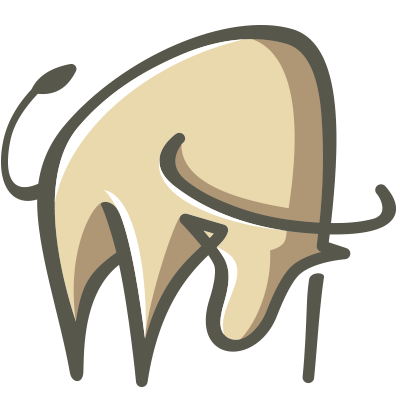

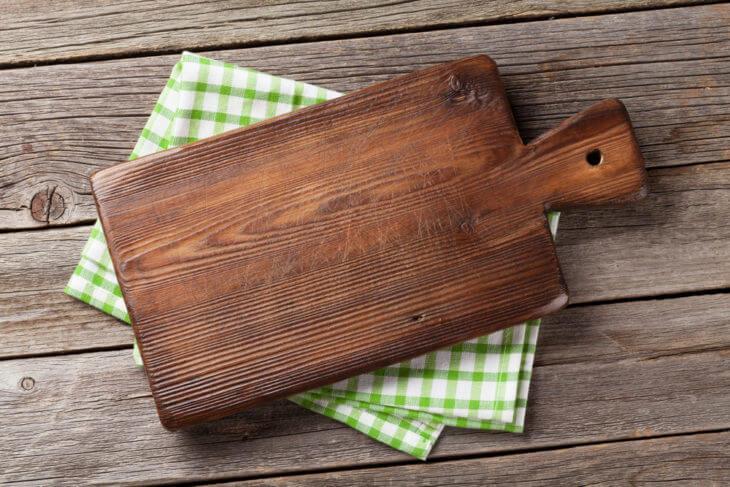
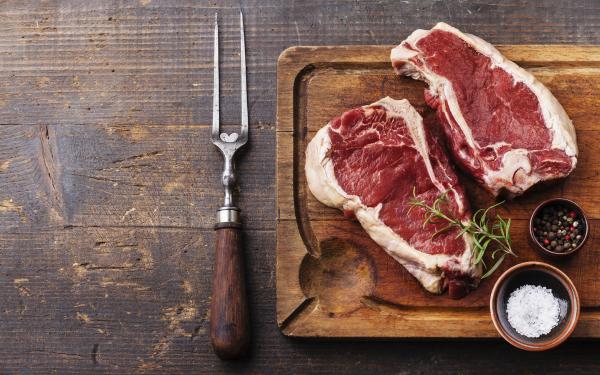

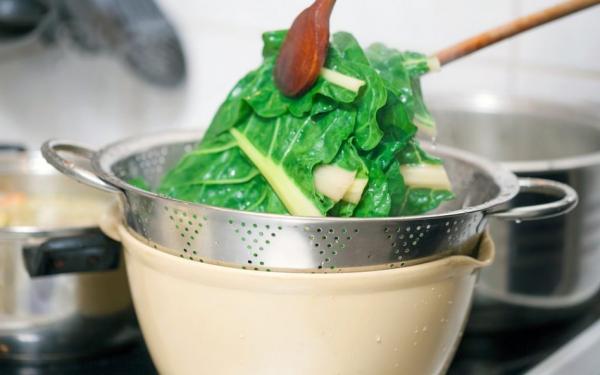
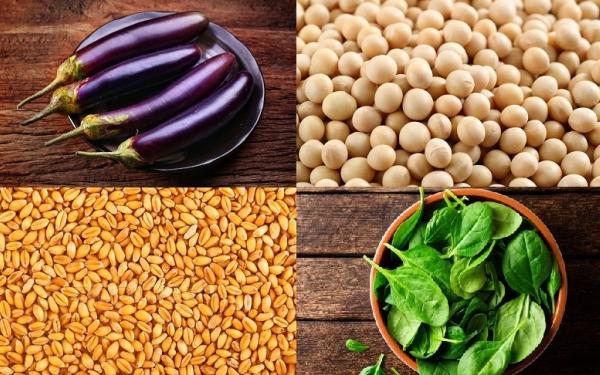


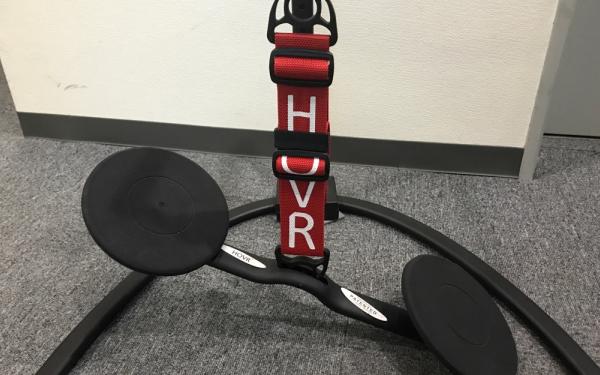
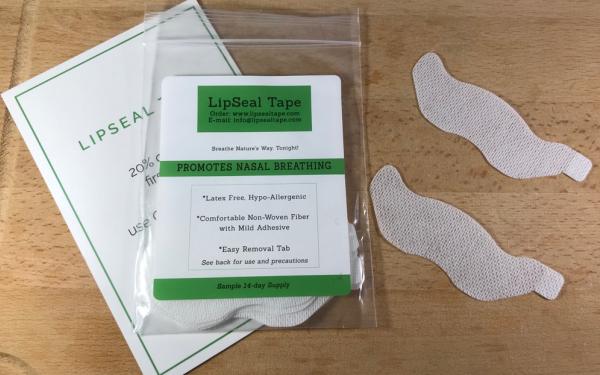
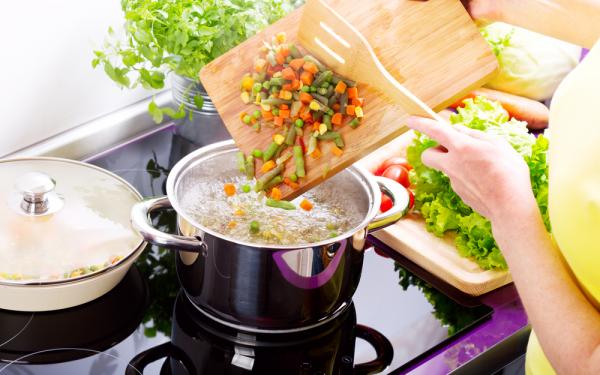
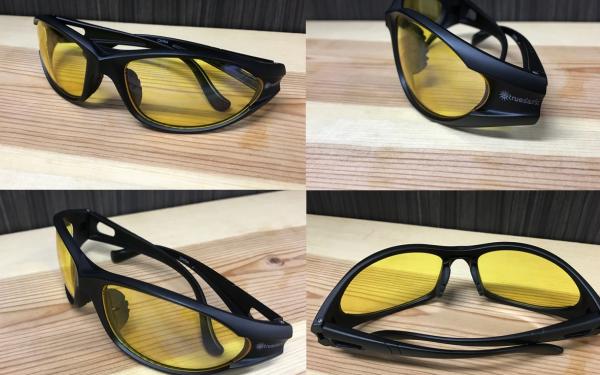

 中級
中級 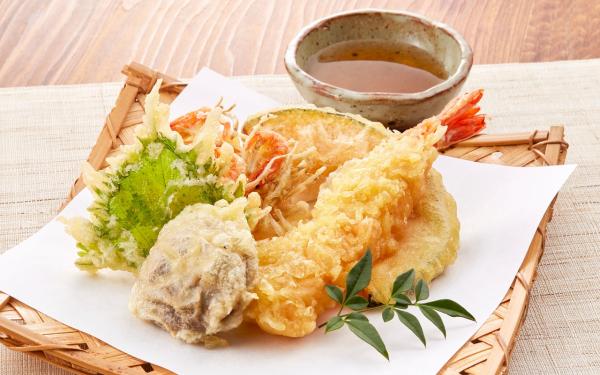
 初級
初級 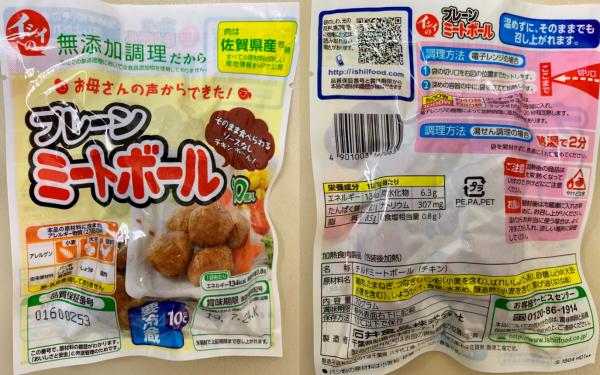
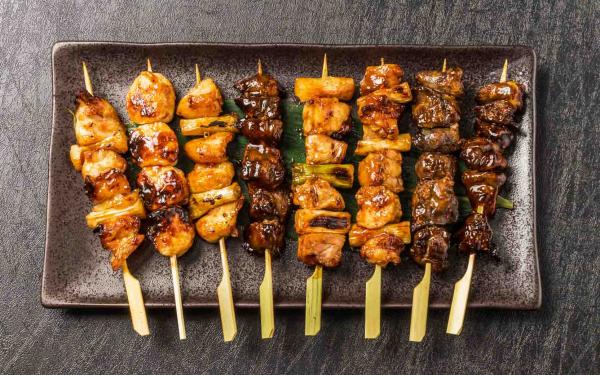
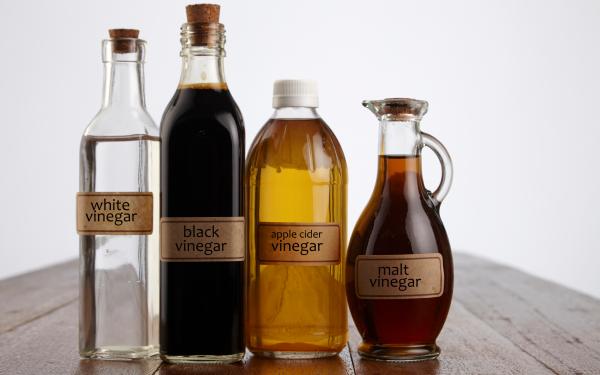
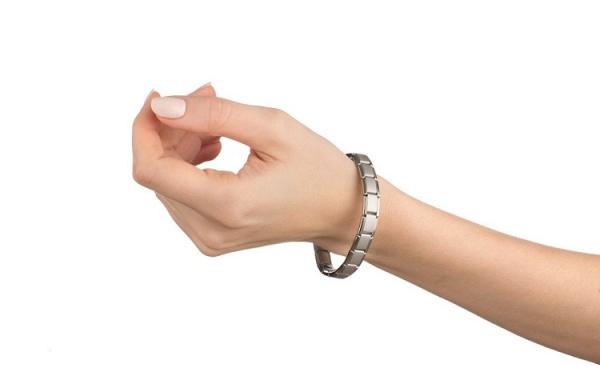
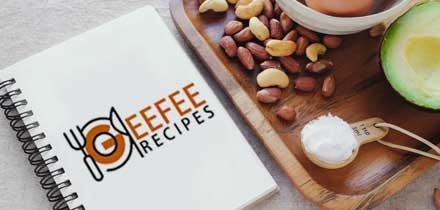


コメント
コメントを追加